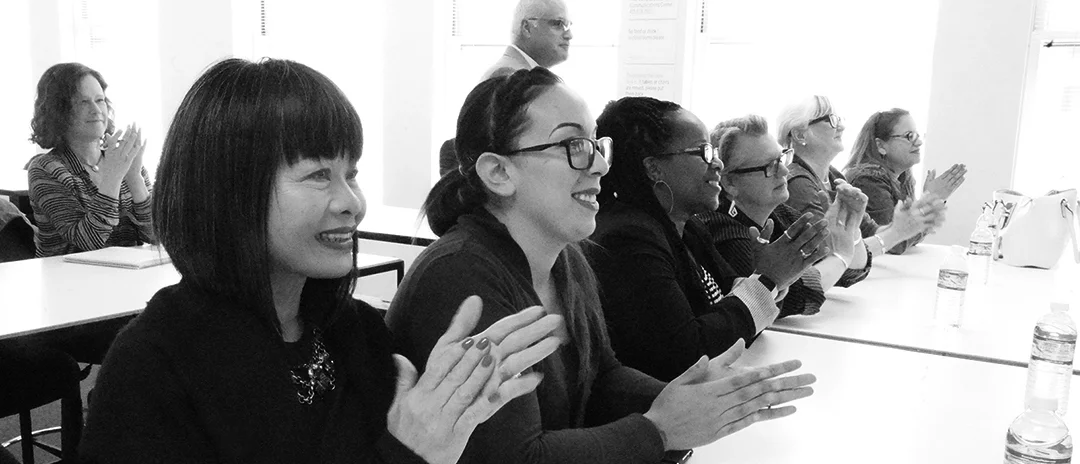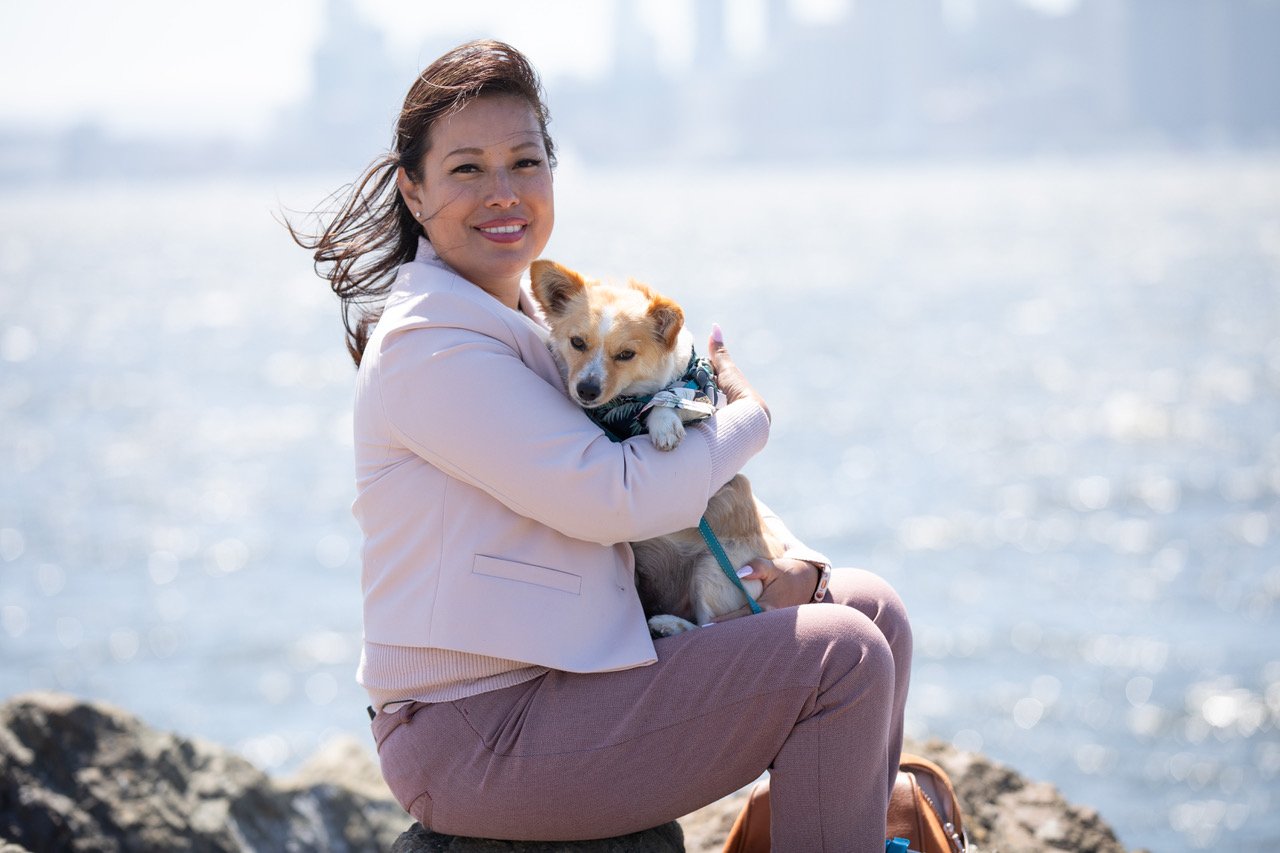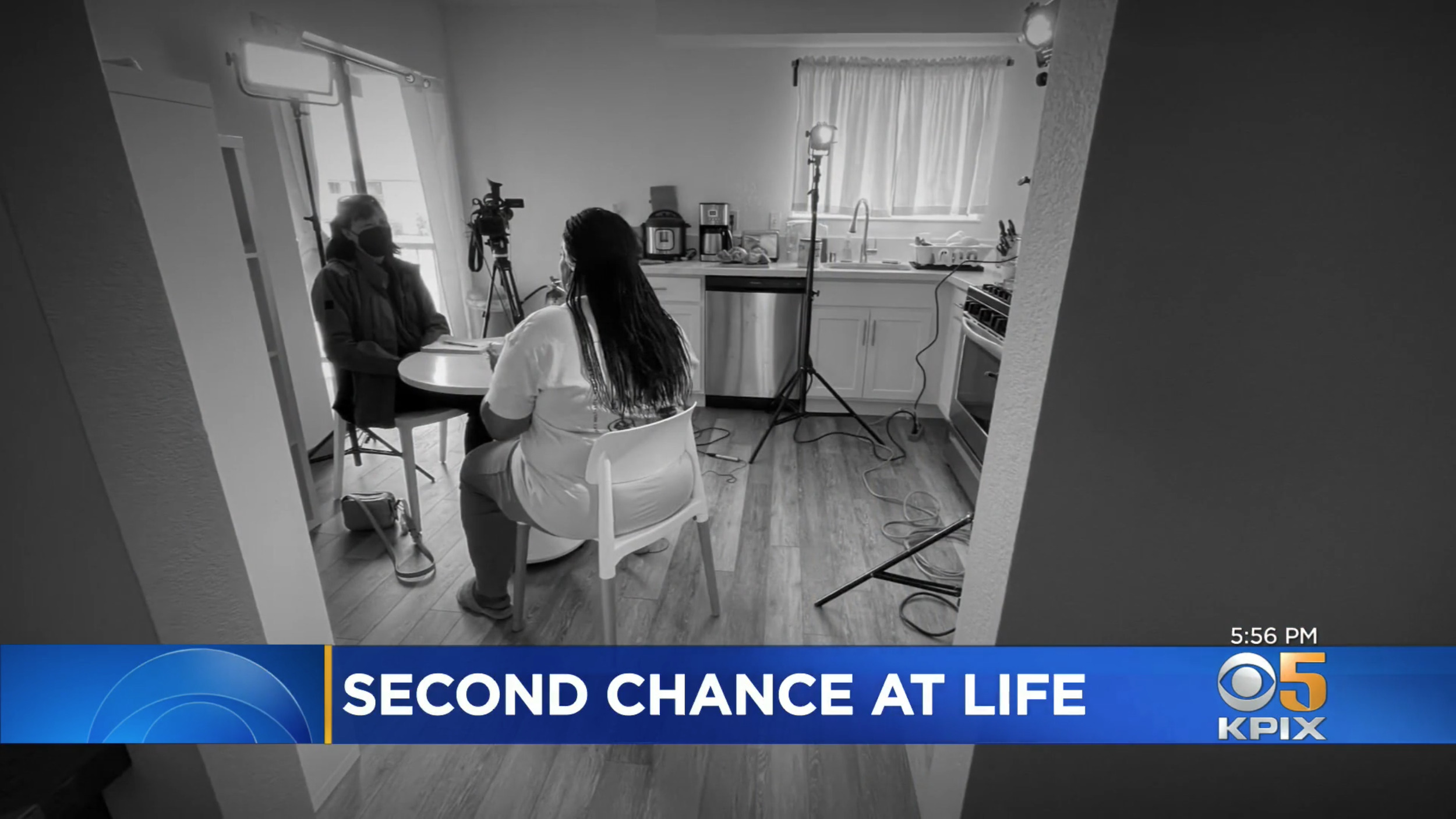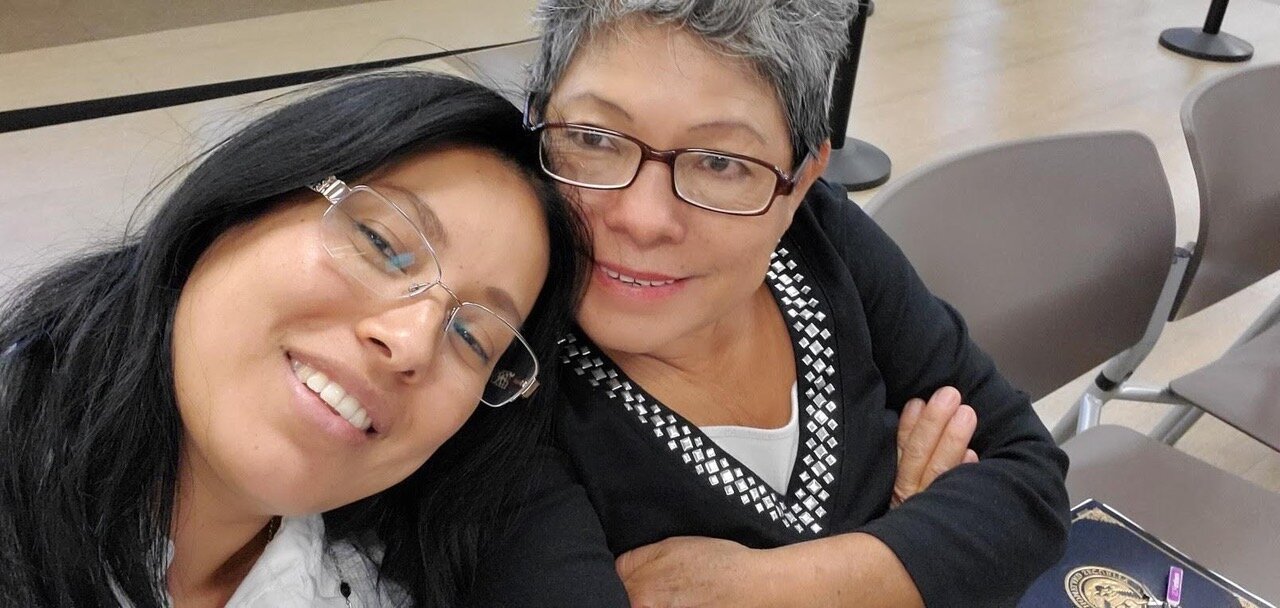“I’m here to do whatever I can to help these women get back on their feet.”
Chalia Broudes is a big believer in second chances.
Growing up in Oakland, she was the eldest of six, and the go-to sibling helping her single mom and brothers and sisters navigate “difficult” circumstances.
Not one to dwell on her past, she briefly fills in her background with words like abuse, crystal meth, homelessness and living in squalor, burglary and jail. She says she is still healing from the blurry nine years she moved to Atlanta, then Texas and back to northern California.
It is a past Chalia, 34, wants to lock in a closet behind her. Today she is dedicated to focusing her energy and 24/7 work life on reaching out to help other women struggling with addiction, and who also are experiencing their second chances. She is committed to raising the voices of women who may have unwittingly gotten themselves mired in crime and other horrible situations, but who now are re-starting their lives.
In September Chalia will be two years sober.
Today, she is an ambassador for Home Free, San Francisco-based trauma-informed reentry program for criminalized survivors of domestic violence and human trafficking. She’s also enrolled in Five Keys charter schools program, studying for her GED. College is next on her bucket list. Prior to Home Free, Chalia worked for Five Keys’ Navigation Centers for the unhoused.
At Home Free, Chalia helps women recently released from prison. For some, she will be helping them apply for social security IDs. For others, she’s the tech advisor for setting up an iPhone or new laptop. For others, she is the companion for women who have been imprisoned for decades on their first trek to a happy place they’ve only dreamed about for years: the grocery store.
Driven by her mission
Chalia is passionate about her mission: “I’m here to do whatever I can to help these women get back on their feet.”
She can empathize with their suffering and knows firsthand what it feels like to be trapped. She calls it “being free from our narrow place.”
“My narrow place was when I was on drugs,” says Chalia. “I did not ever think I was going to stop until I went to jail for five months then God had something different planned. He gave me a second chance then, and the narrow place started to open wide doors to a new life. Then the doors started to open like a domino effect.”
Bring hope and faith to the women of Home Free
For the women of Home Free, she is a godsend.
Karen Souder, a resident, says: “Chalia has been my rock here! The one I can totally trust and talk to no matter what the situation is. Her moral values and beliefs bring a feeling of home and love to me. She inspires me and lifts me up when I am feeling alone and discouraged. She enlightens Home Free with hope and faith and empowers us to keep going and improving ourselves. She is fair and honest and truly has a
good heart.”
These days, the simple things are what give her great pleasure.
“I love cooking, even cleaning and going to movies is my favorite,” Chalia says. “I’m very tapped into my spiritual side and know God has plans for me to help others. I love helping others and know that no matter what anyone has been through, they always deserve a second chance.”
Sometimes, she admits: I still struggle with believing in myself, having the courage to start something that is not finished and being good enough. Working with Five Keys helped and still helps me a lot. I have a great support team so I take it day by day.”
About Five Keys
Five Keys was founded in 2003 by the San Francisco Sheriff’s Department as the first
accredited charter high school in the nation to provide diploma programs for adults in county jails. Today Five Keys serves 30,000-plus Californians annually, spanning 14 counties in 25 county jails and over 120 teaching sites. In addition to schools,
Five Keys operates multiple homeless shelters, permanent supportive housing programs, transitional employment programs, reentry programs and housing for women suffering from immense injustice. Five Keys is a second chance employer. Our goal is to restore communities through education and other programs that respond to the students’ and community needs — which in turn creates safer communities. To visit or donate: www.fivekeyshomefree.org.


























